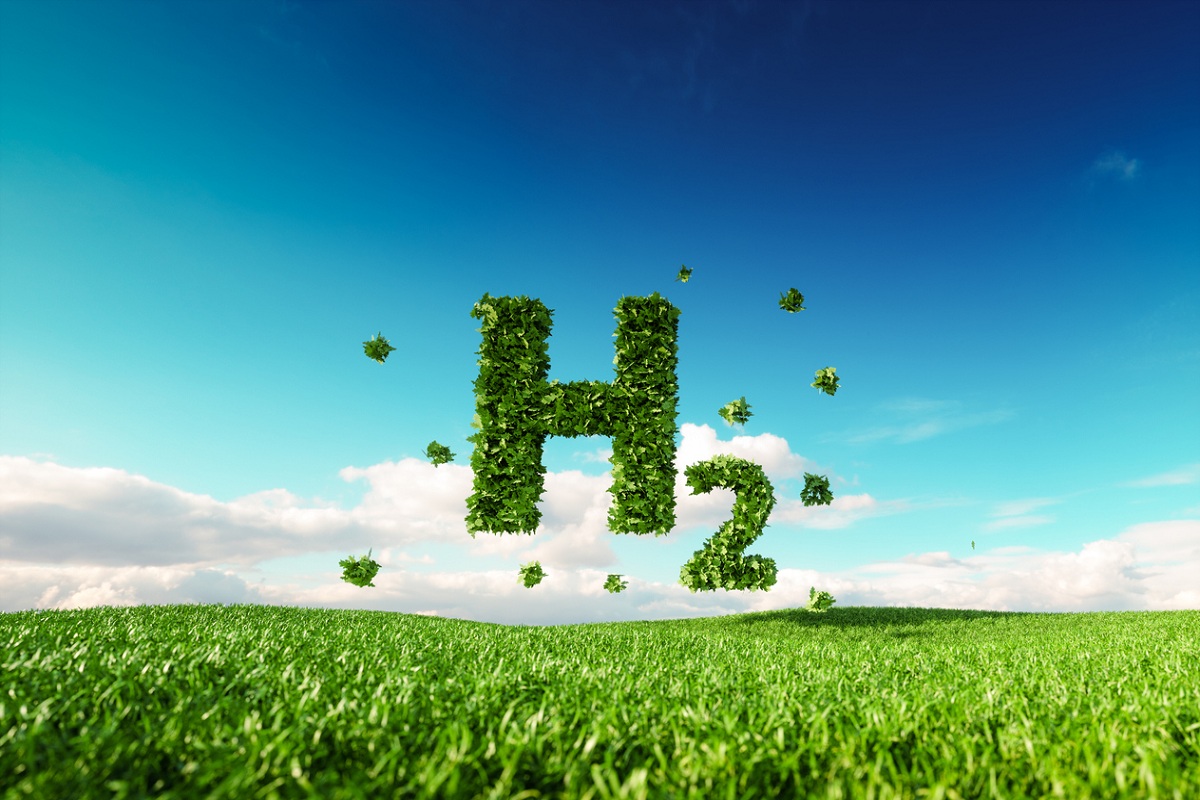Australia’s ambition to position itself as a green hydrogen superpower is a compelling narrative, one that aligns with its rich natural resources and expertise in energy production. However, as with any nascent industry, the path to realising this potential is fraught with challenges that need careful navigation. At the heart of Australia’s green hydrogen push lie technological innovations, exemplified by the work of companies like Hysata.
The firm’s advancements in electrolysis a process crucial for producing hydrogen from water promise to significantly reduce the energy costs associated with hydrogen production. By addressing the inefficiencies of conventional methods, Hysata is paving the way for cheaper and more scalable hydrogen production. This innovation is essential because cost has been a significant barrier to the widespread adoption of green hydrogen.
Advertisement
If Australia can lead in making hydrogen production more economically viable, it would mark a substantial step toward its goal of becoming a global leader in this field. Australia’s vast renewable energy resources provide another strong foundation for its hydrogen ambitions. The country’s abundant sunshine and wind create ideal conditions for generating the renewable electricity needed to produce green hydrogen. Moreover, the dis co very of geogenic hydrogen ~ naturally occurring hydrogen within the earth adds another layer of potential, offering a source of hydrogen that could be tapped with minimal environmental impact. Yet, despite these promising developments, there are significant economic and logistical challenges that could hinder Australia’s ascent as a hydrogen superpower. One of the primary hurdles is the cost and complexity of transporting hydrogen. Hydrogen is notoriously difficult to store and ship, requiring extremely low temperatures and specialised infrastructure. The se challenges make the prospect of exporting hydrogen to energy-hungry nations far less attractive than it might initially seem. Some experts argue that Australia’s focus sho uld shift from export to domestic utilisation.
By using hydrogen to decarbonise its own heavy industries, Australia could reduce its reliance on fossil fuels and create a robust internal market for green hydrogen. This strategy could serve as a proving ground for hydrogen technologies, allowing Australia to refine its processes before considering the more complex and costly task of exporting hydrogen at scale. Furthermore, the global race to dominate the green hydrogen market is intensifying. Countries like Germany, Japan, and China are investing heavily in hydrogen technologies, driven by the urgent need to reduce carbon emissions and transition to cleaner energy sources. Australia must move swiftly and strategically to maintain its competitive edge in this rapidly evolving market. While Australia’s potential to become a green hydrogen superpower is undeniable, the journey ahead is complex.
Success will require continued innovation, strategic investment, and a focus on overcoming the economic and logistical challenges associated with hydrogen production and transportation. By carefully navigating these challenges, Australia can not only achieve its green hydrogen ambitions but also play a pivotal role in the global transition to a more sustainable energy future.









